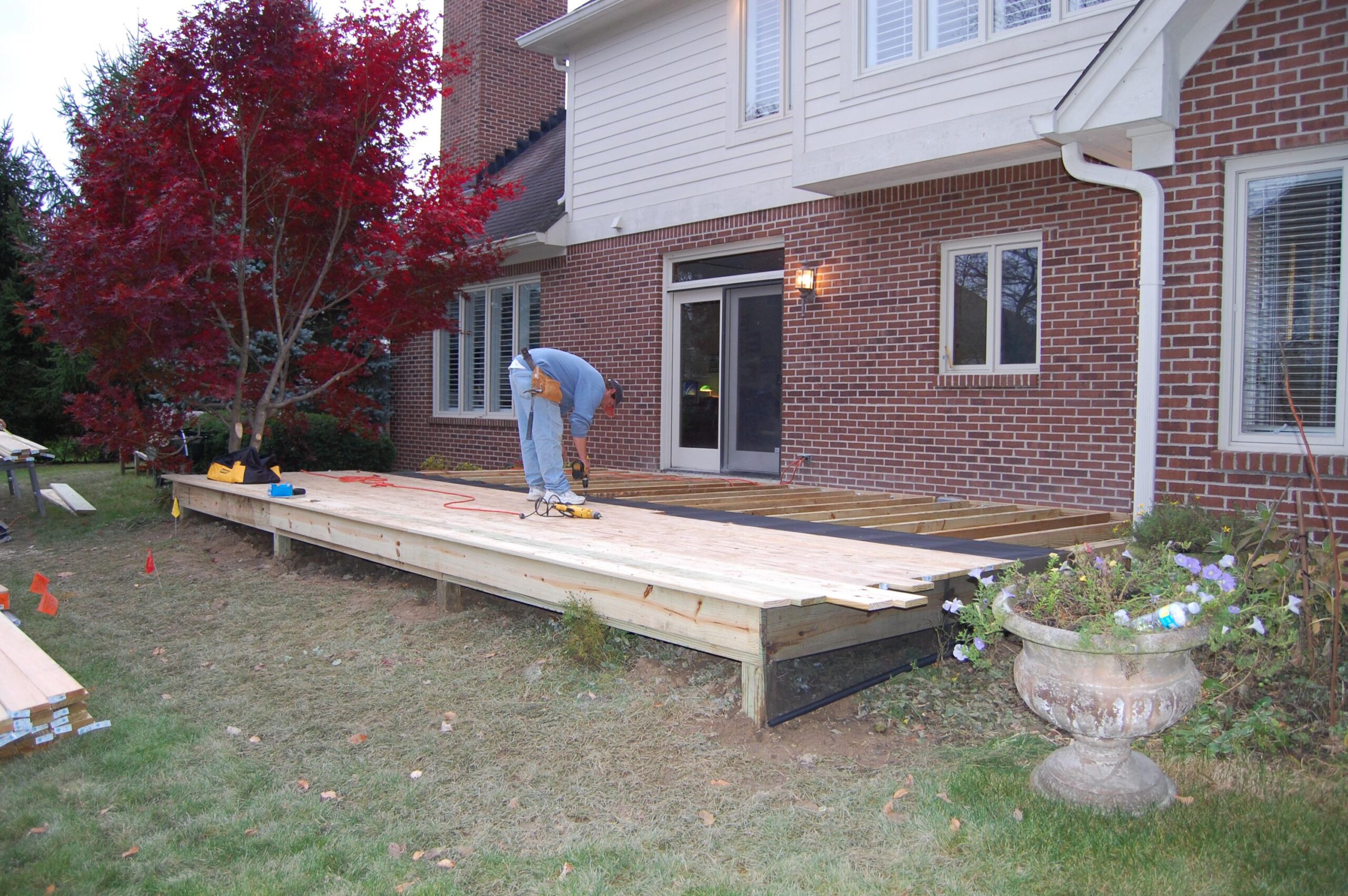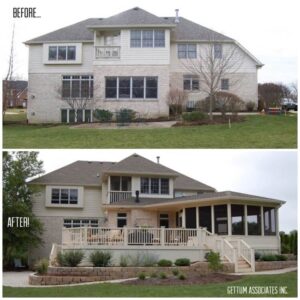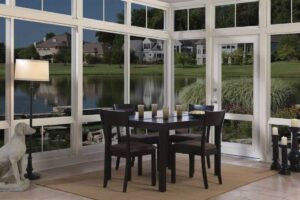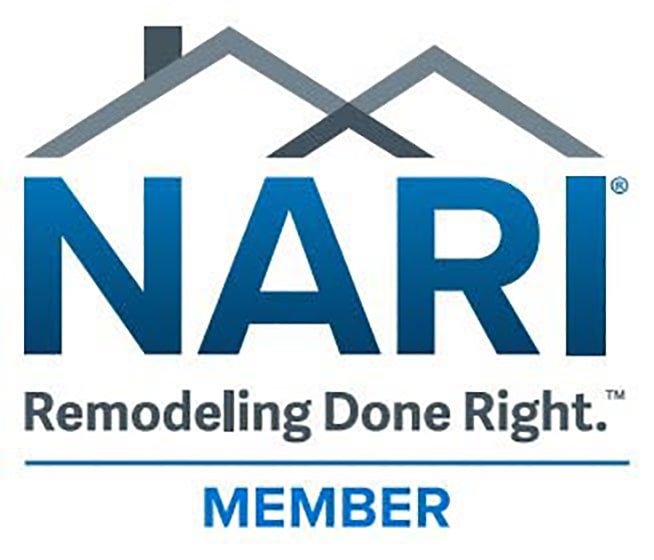Decks have long been considered a “friendly” project for the weekend, do-it-yourself capable homeowner. However, there are a few things you should be aware of when planning your next deck addition for your backyard living space.
First and foremost, be sure to contact your local building department and ask if permits are required for deck construction. This can vary from location to location, so a quick phone call can help save you a potential hassle down the road. In some cases, the requirement of a building permit and the inspections required to fulfill the permit, can be peace of mind in knowing your deck is constructed safely.
Deck construction tips
- The ledger board connection is a critical component of any safe, long-lasting deck: Unfortunately, there have been many reported injuries and even deaths resulting from inadequate attachment of the deck to the house or building. Nails simply are not a good answer when making this connection. Nails can pull out of the band joist when the deck is under load and can cause sudden, catastrophic collapse. Lag screws or lag bolts provide more protection against fastener pull-out. If your going through brick or other masonry, you should definitely hire a professional.
- Dig and pour new deck post footings per code: Depending on your local area, the depth of your footings could vary. A quick call to your local building department can answer that question. As well, the size of your footings can depend on the design of your deck structure. Not only should you take into account the size of the deck support posts as well as the size of the deck, you may consider taking into account any future additions, such as a screeen porch on top of your deck. Doing a little oversizing now can save a possible huge pain later.
- Make sure the joists are sized correctly: Undersized deck joists, at the very least, will make for a bouncy deck. Even joists that are sized for a specific span may make for a squishy-feeling deck if they are at the end of their allowable span. To alleviate this potential problem, you can install a built-up beam to break up the distance of the span or you can increase the size of the joist. Either way, a little extra time or money or both will pay for itself in the long run.
- Plan for railings: In many cases, if your deck is a given height off the grade or ground, you may be required to install railings. There are many design options for railings, however they all need to adhere to the building code. The building code dictates the overall height of the railing, as well as the spacing between balusters or spindles.
- Think about grass and weed control: If you do not intend on installing lattice, or closing off the bottom of the deck at all you may want to think ahead. When grade falls dramatically and the outter edge of the deck is above grade, grasses and weeds can get enough light to grow. Not only can this be unsightly, it can also trap moisture on the underside of the wood by blocking airflow, leading to premature rot and decay. A little advance planning and a small investment can eliminate this problem. First, treat vegative growth with a broad spectrum weed and grass killer. Then, cover the ground underneath the deck area with black plastic film. Finally, cover over the black plastic with pea gravel or other stone material. Your weed problems are, for the most part, gone!
- Building a multi-level deck? Multi-level decks can be very dramatic and beautiful. However, they can pose a safety threat. Adding deck lighting can help in illuminating steps up or steps down from different deck platform elevations. Consult with a trusted electrical contractor in your area before construction.
- What is your comfort level in deck maintenance? There are many different options when it comes to decking. Materials vary widely in when it comes to looks as well as costs. Wood options, such as pressure-treated decking and cedar decking are usually cheaper than synthetic or composites such as Trex or Azek brand decking. As with any material selection, there are pros and cons. Be sure to compare each product and make the choice that is right for you and your budget. And take note that every decking product choice requires some degree of maintenance to achieve longetivty and good looks. Whether it be power washing, staining or sealing natural wood or scrubbing and washing a syntetic or composite.
Thinking about a deck or porch addition? Do you have the time and patience to deal with permits, inspections and construction? Give a professional remodel contractor a call and relax! Gettum Associates, Inc has been remodeling homes since 1987 and our in-house design can help plan and construct your backyard project.
Call today, [dynamic_phone] or click below:















